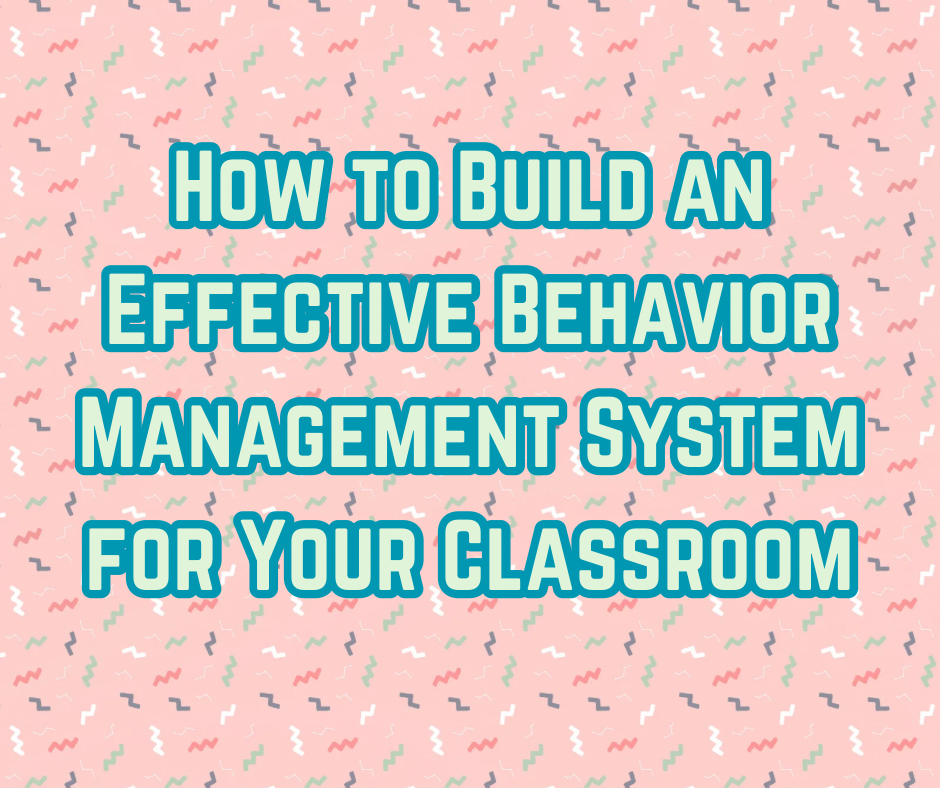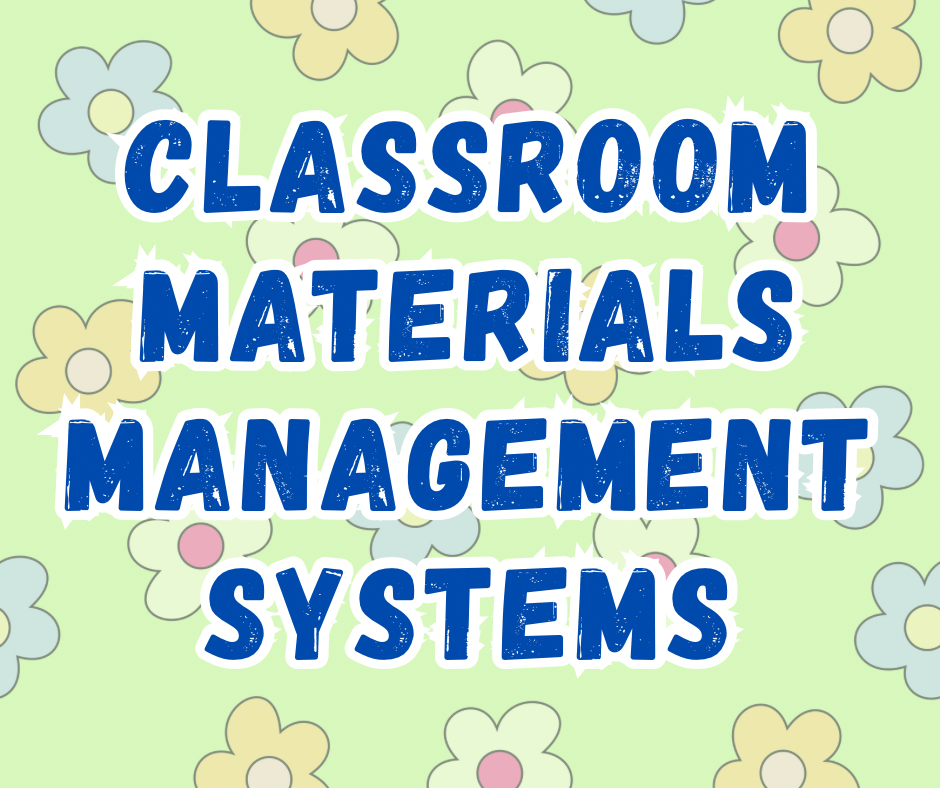
Implementing Vocabulary as a System to Grow Comprehension
Vocabulary is more than just a list of words. It is the key to unlocking comprehension, engagement, and critical thinking. When students understand the language of a text, they are able to think deeper, make connections, and take ownership of their learning. That is why vocabulary should not be treated as an add-on activity. It should be a classroom system.

Tech Time: Using Padlet to Increase Student Engagement
Digital tools can either distract or empower. When used intentionally, they open doors for collaboration, creativity, and student voice. One of the most versatile tools teachers can use is Padlet. It’s simple enough for elementary classrooms and dynamic enough for middle and high school learners. More importantly, it’s a platform that puts engagement and interaction front and center.

Checking for Understanding: Building Capacity in the Classroom
Checking for understanding isn’t just about quizzes. It’s about building student capacity. Quick checks, exit tickets, and bell work don’t just give teachers data, they help students reflect, self-monitor, and take ownership of their learning.

Teacher Burnout is Real: How Boundaries Can Save You
Burnout isn’t just about being tired, it’s about feeling depleted, disconnected, and overwhelmed. For educators, this impacts not only our well-being but also the classroom communities we build. Burned-out teachers struggle to bring the energy, patience, and creativity that students deserve.
Boundaries are one of the most effective ways to protect ourselves from burnout. Setting limits doesn’t mean we care less. It means we care enough about our role, our students, and ourselves to make sure we can keep showing up fully.

Structure Over Stress: Building a Student Behavior Management System That Works

No More Supply Struggles: Building a Classroom Materials Management System That Works
Let’s be real, nothing interrupts the flow of a lesson like,
“I don’t have a pencil!”
“Where’s the glue?”
“I lost my notebook!”
You’re not a supply closet. You’re a teacher. And to teach well, you need systems, not chaos.
Here’s how to build a materials management system that’s efficient, clear, and age-appropriate.

Morning Work, Warm-Ups, & Bellringers: Building a Strong Start for Every Grade Level
We all know that the first few minutes of class are golden. They can either invite focus or invite chaos. That's where a solid morning routine system comes in.
Let’s break it down by grade level and talk about how to implement an effective routine that builds structure, reinforces learning, and sets the tone for success.
